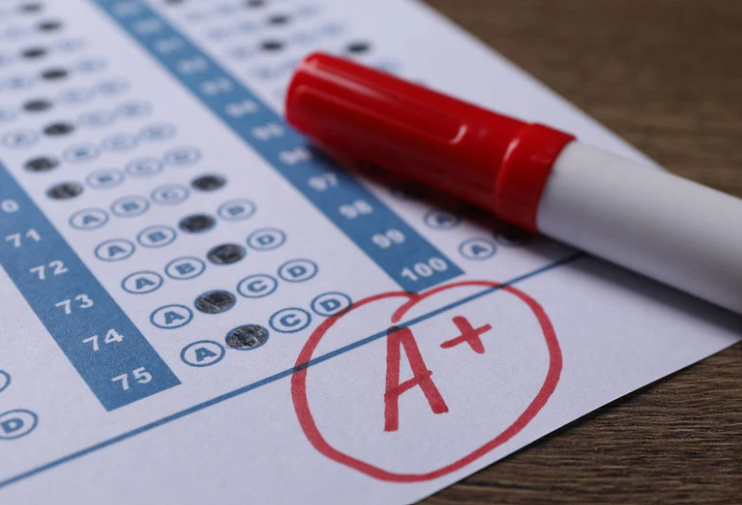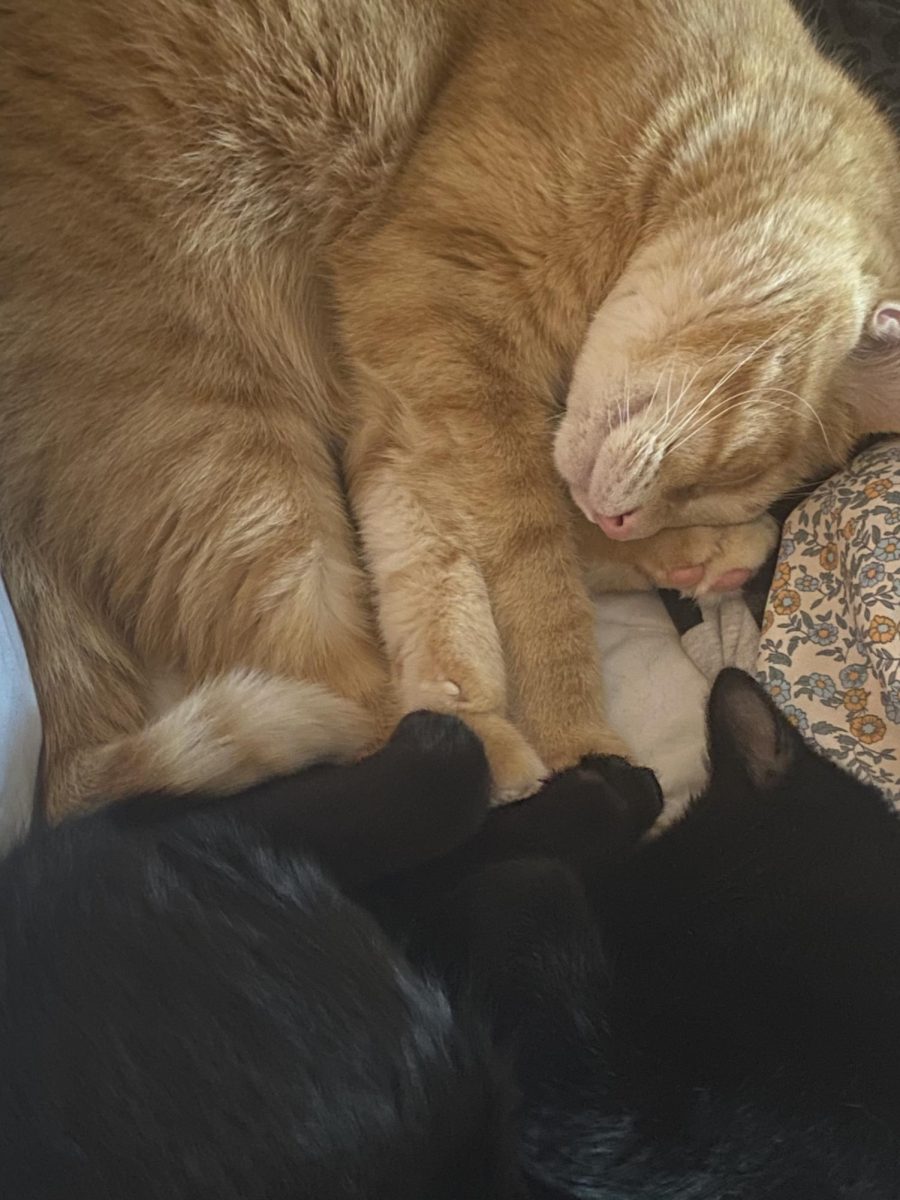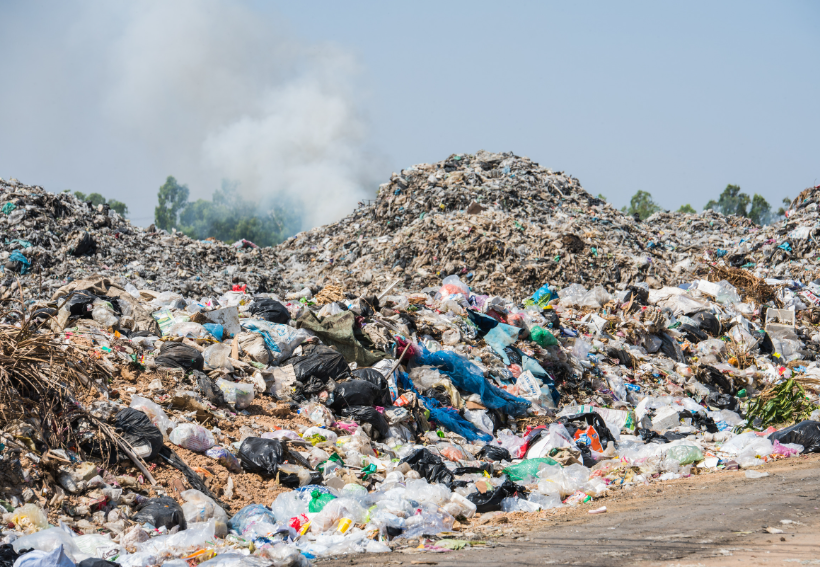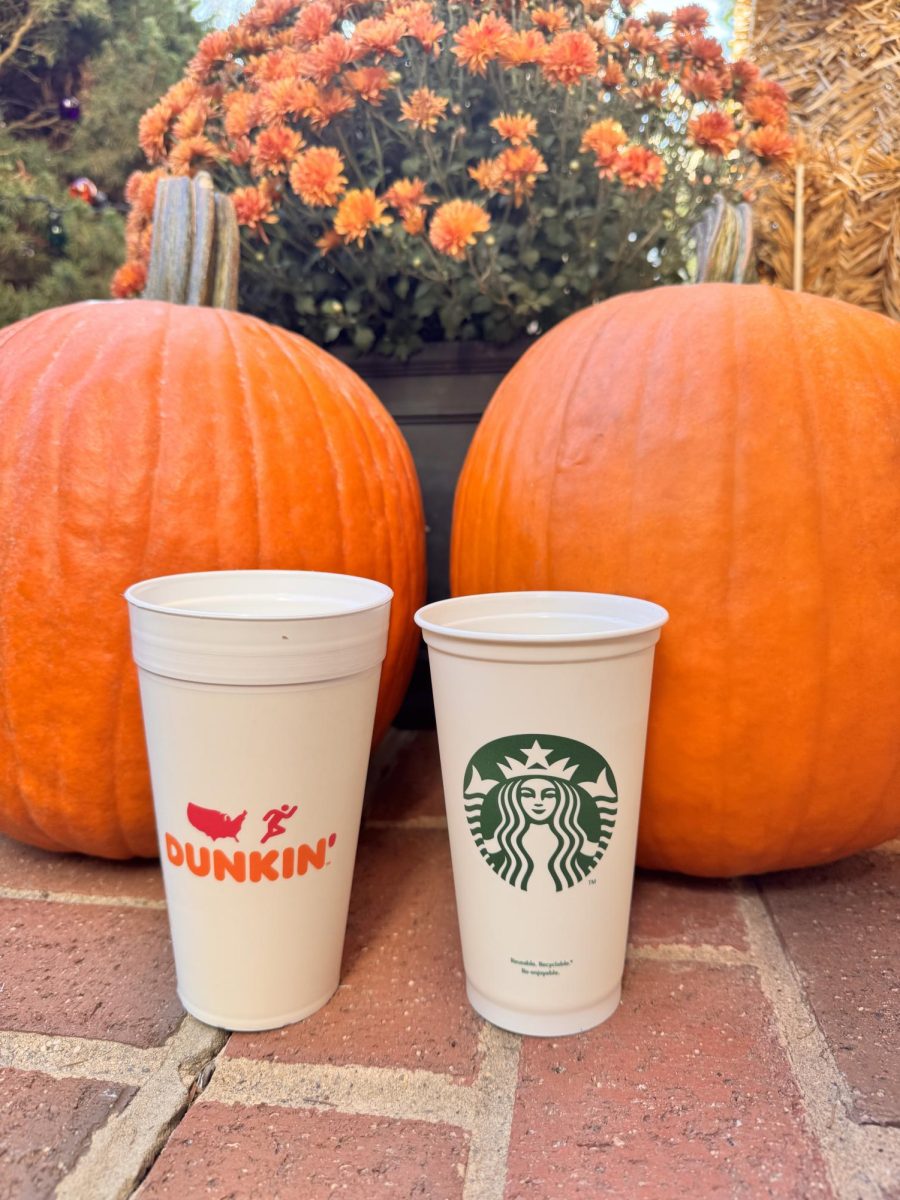Roughly 68% of Americans are using some form of social media, and it has only become more prevalent in every person’s life. The presence of social media subconsciously, but actively, influences and determines many of our everyday actions, without us even being aware of the impact. From brand sponsored influencers, a perceived, highly filtered ‘ideal’ lifestyle sharply increases the chances of participating in the overconsumption of items that are not needed.
The virtual appearance of these so-called “Influencers” is almost guaranteed the moment you join a social media site. They are part of a subgenre of social media idols that usually post “relatable” or “engaging” content with a trusted following, most often with a couple brand deals on top.
Cogent Business & Marketing says “In recent years, the use of social media has increased significantly, and the COVID-19 pandemic has accelerated social media use. Furthermore, the growth of social media platforms has transformed the dynamics of the electronic marketplace.” Essentially, physical media advertisement is out and replaced with online marketing strategies, especially with the extreme push for more social media marketing following the recent pandemic.
The promotion that influencers spread, paid or not, is still promotion at that. The instrumental issue that occurs between influencers and consumers is at base, comparison and envy. Some feel the need to achieve the lifestyle that is portrayed through purchasing the same things as influencers do, and following the same trends as well. So, together with other brand sponsorships of things that influencers truly do not care about, it trickles down into the consumers, or the influenced.
Ameena Chowdhury, a Briar Woods student who actively uses social media says “It’s true more often than not, I’m really just more likely to buy these things that are everywhere around me, because, well, if everyone has it it’s probably good.” While it could be a good way to see something’s credibility, most people likely do not need more additions to things they already have, although it happens quite often.
Along with being detrimental to people’s bank accounts, overconsumption has a large and negative impact on the environment itself with the added pollution. When people order excessive amounts of items, resources that harm the health of the environment are being extracted in unsustainable amounts. Additionally, the new items will take the place of old ones, even if they still work, resulting in excess trash and waste.
Large industries can produce enormous amounts of waste to create these products. The fashion industry, for example, produces 97 million tons of waste per year, which is boosted by fast changing trends and therefore products on these social media apps. Dilys Williams says for Shein, a major fast fashion brand, “Its model of manufacturing garments, plus our demand for them, means it churns out up to a staggering 10,000 new products a day,” ultimately showing the level of how far things have gotten to.
It is so important to recognize the importance of boundaries within purchasing. You may be able to afford a popular and frequently advertised product, but should you actually buy it? Continuing to be mindful will lead to a reduction in the waste you produce, as well as aiding you in the purchasing items you know will last. Overall, avoiding overconsumption will save your own money and the world’s environment.





































